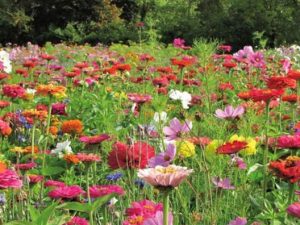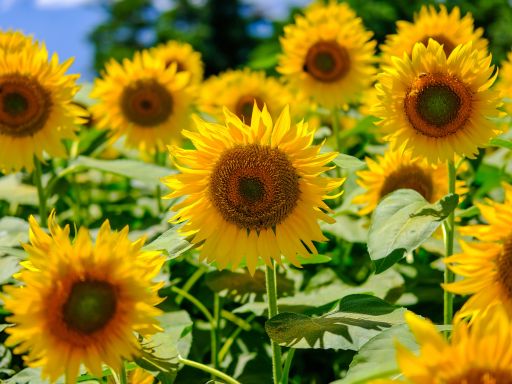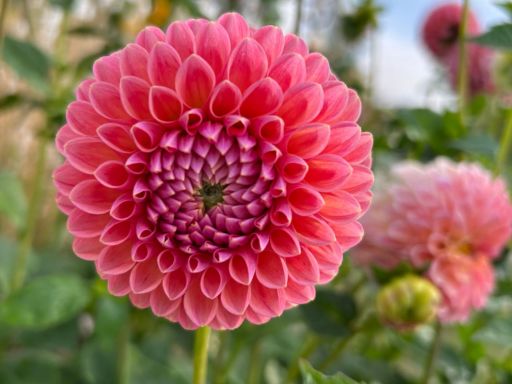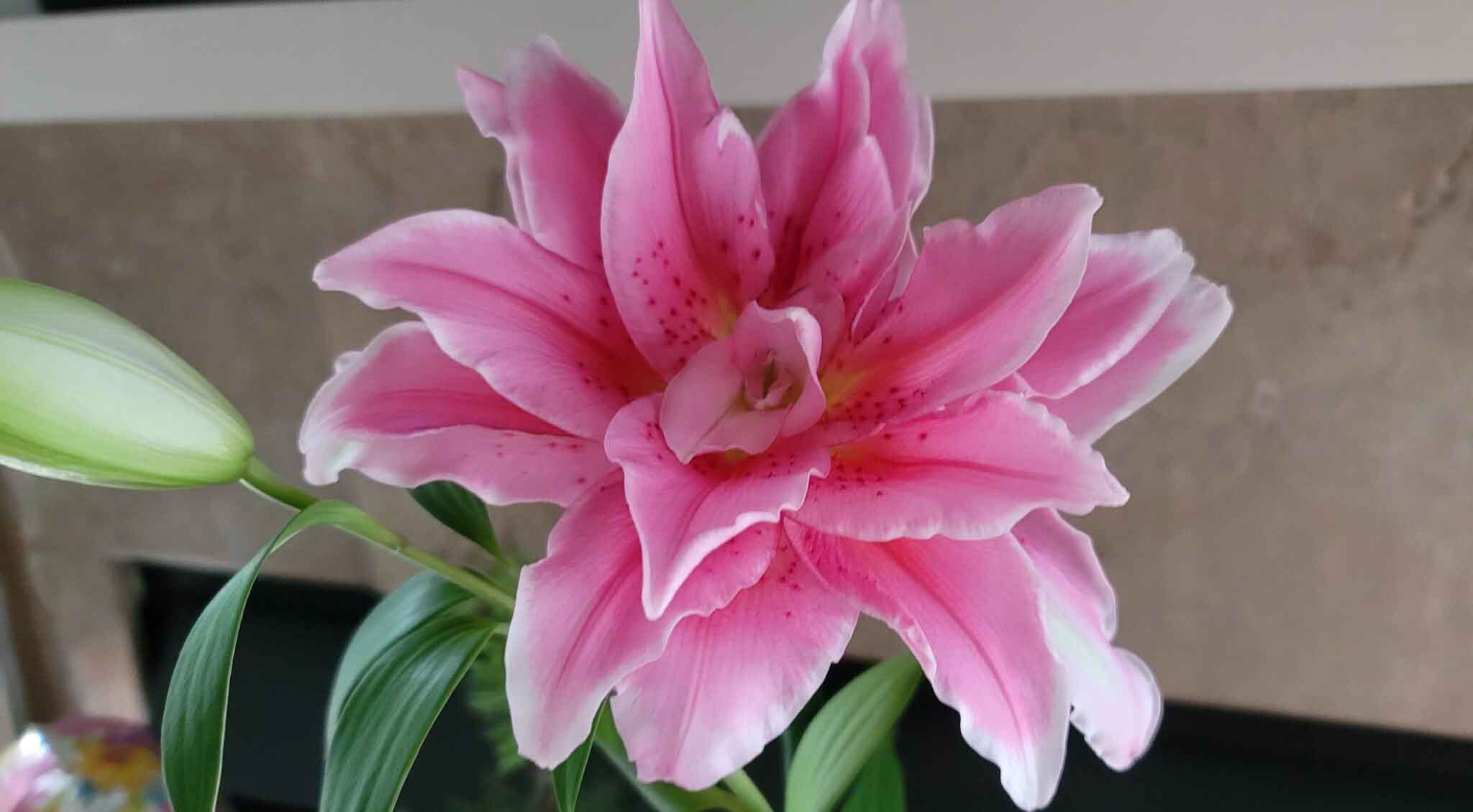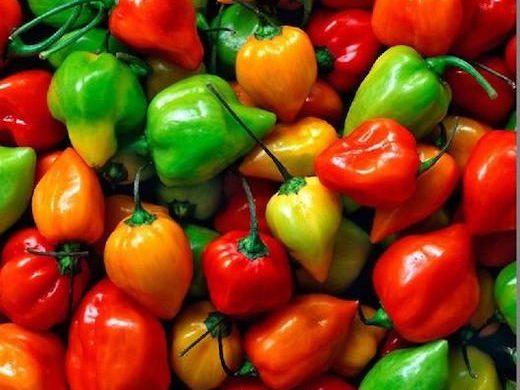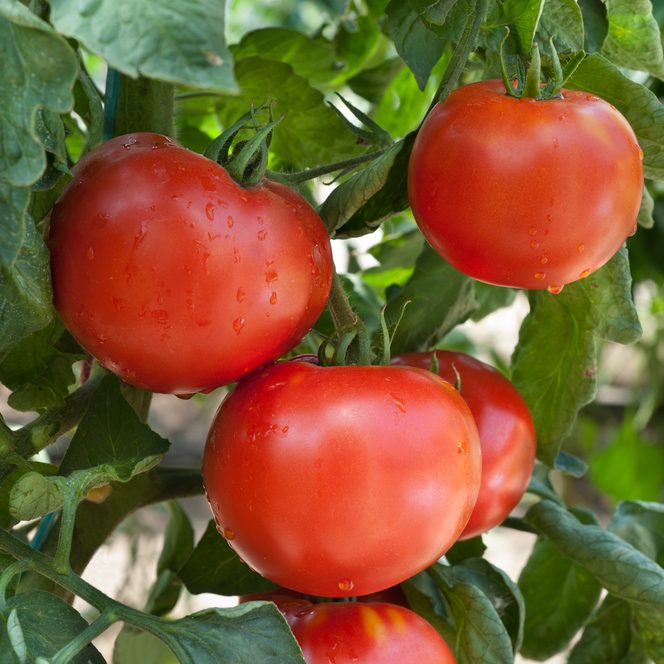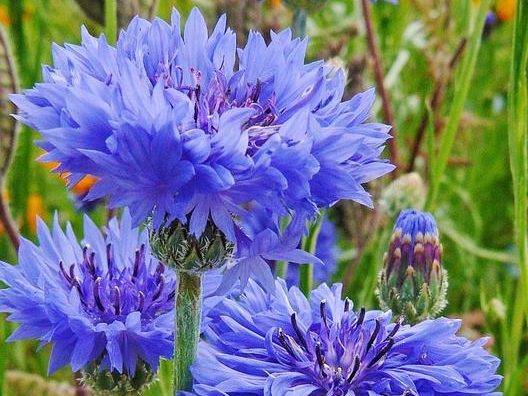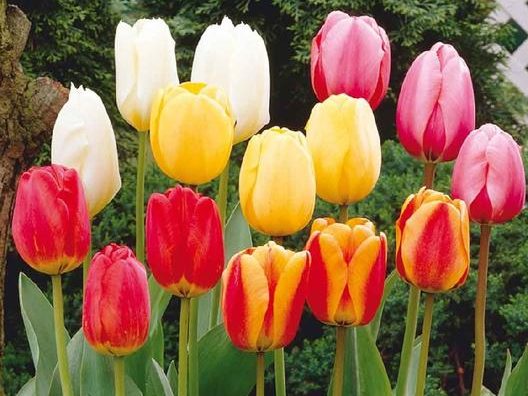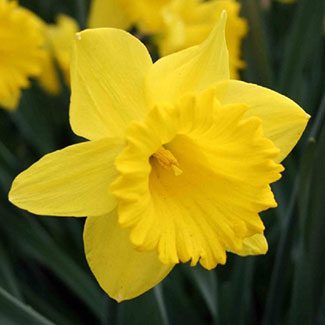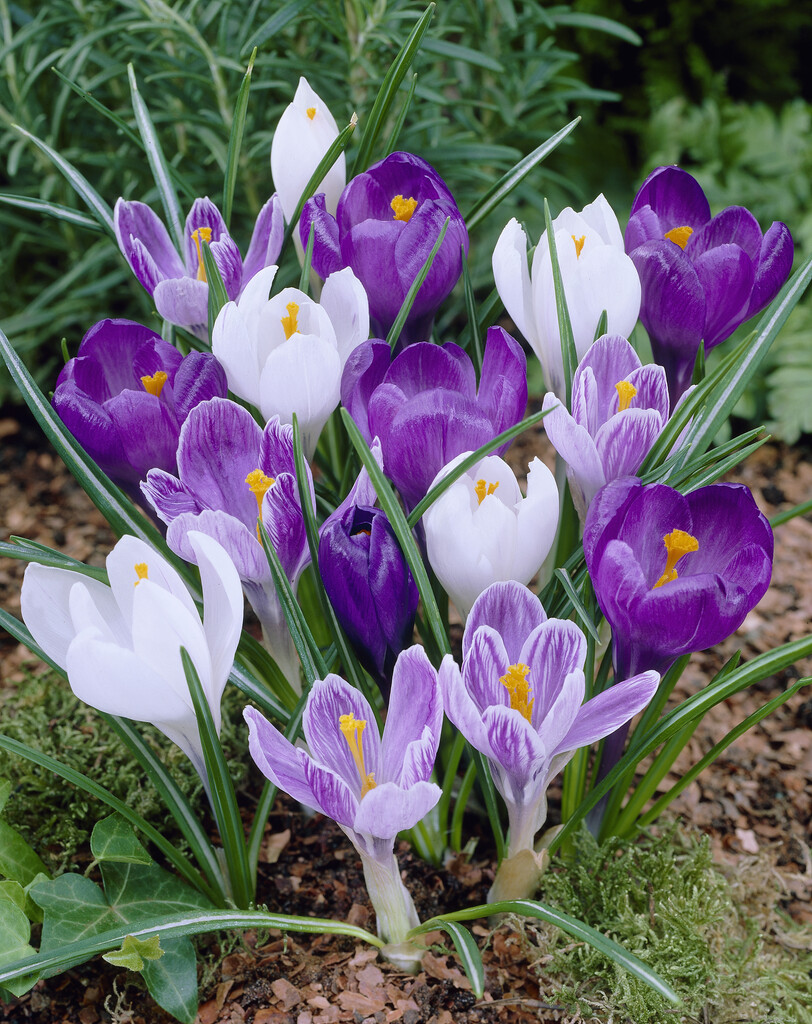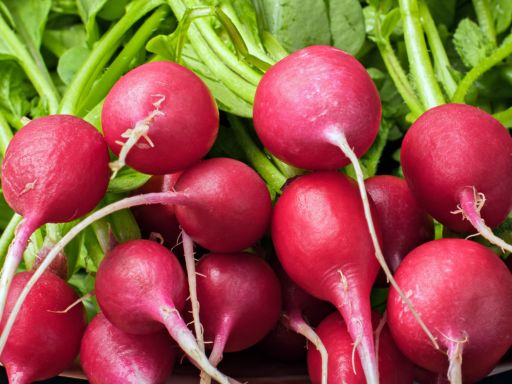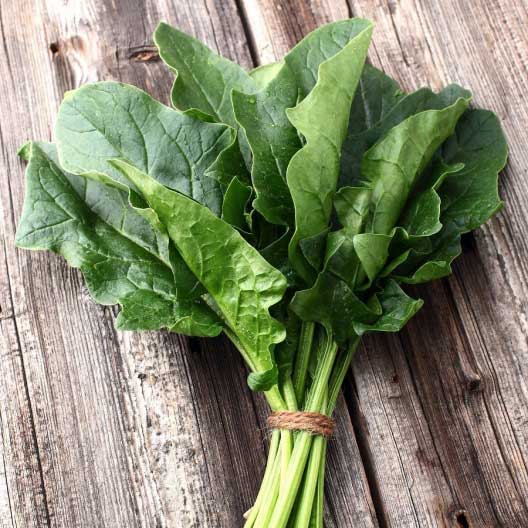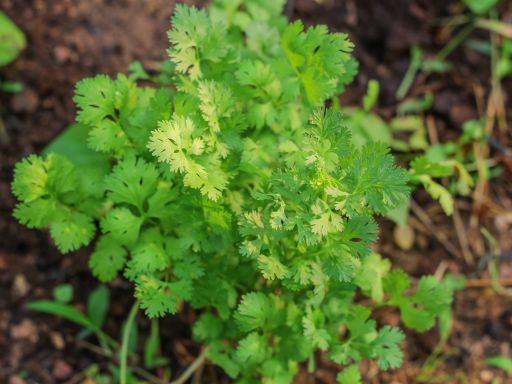Gardening in Zone 6
Gardeners in zone 6 enjoy the best of all seasons—from early spring blooms to bountiful summer harvests and vibrant fall color! This zone offers a mild climate and a growing season that supports a wide range of plants. It’s ideal for both cold-hardy and warm-season crops, allowing for diverse vegetables, herbs, flowers, and fruits. Zone 6 is also great for planting winter vegetables that can endure cold temperatures, and is perfect to grow wildflowers, offering the ideal balance of seasonal temperatures to support vibrant blooms, pollinators, and low-maintenance beauty year after year. See Zone 6: Spring for garden projects and the best flowers and vegetables to plant during that season; and see Zone 6: Fall for gardening tasks and planting possibilities later in the year.
First and Last Frost Dates
To select the right plants and planting times, it’s key to know your area’s frost dates and extreme minimum temperatures. This info is available via Eden Brother’s USDA hardiness zone map found here.

In zone 6, the first frost occurs between September 30 and October 30, and the last frost between March 30 thru April 30.
Average Growing Season: 175 days
Extreme minimum temperatures range from -10°F to 0°F, which can be too cold for many perennials. States located in zone 6 include Kansas, Missouri, Indiana, Illinois, Michigan, Ohio, Pennsylvania, West Virginia, and parts of Oregon, Utah, and Iowa. For a more detailed guide on plants that do well in zone 6, check out the “What’s Growing in Spring” or “What’s Growing in Fall” sections for specific recommendations.
Zone 6: Spring
Garden Maintenance and Projects
Spring is coming, let the excitement begin! In zone 6, take advantage of the warmer spring days to get a head start on garden maintenance.
Key tasks include:
- Test and Amend Soil – Once the ground thaws, collect soil samples to evaluate fertility, pH, and determine necessary amendments.
- Prepare Soil – Loosen soil and mix in compost or organic matter to improve draining and nutrient availability.
- Inspect and Install Garden Structures – Set up trellises for climbing plants like peas, beans, tomatoes, and clematis and check supports for trees and shrubs.
- Start Seeds Indoors – For plants that require a longer growth period or are more sensitive to cold, start seeds indoors.
What’s Growing in Spring?
Spring brings a fresh burst of growth, with many plants emerging after the winter chill. Perennial herbs in zone 6, like thyme, sage, and chives, begin to leaf out as temperatures rise. Some winter vegetables, such as kale, spinach, and carrots, can survive colder months with additional frost protection and can be harvested in the spring. Fall-planted bulbs like crocus, tulips, daffodils, hyacinths, muscari, and fritillaria are beginning to poke through the earth, pushing up through chilly soil to bring color and life when little else is blooming.
Flower Seeds to Plant in Spring
Zone 6 is an amazing area for flower seeds—so many annuals, biennials, and perennials thrive here. Here is a curated list of flower varieties that can handle direct seeding in zone 6, but can also be started indoors for earlier blooms and stronger growth:
Zinnias are a great option for additional color in the garden, featuring bright, long-blooming flowers that thrive in warm weather and attract butterflies. Direct sow after the risk of frost has passed.
Starting indoors is a safer bet for some species that may struggle with direct seeding in cooler springs:
Flower Bulbs to Plant in Spring
Planting bulbs in the spring is a great way to add vibrant color to your garden in summer and fall. It extends your blooming season beyond the traditional fall-planted, spring-blooming bulb show. Plus, many spring-planted bulbs are easy to grow and perfect for containers, borders, or filling in bare spots. Here are a few to plant this spring:
Most of these should be planted in spring once the danger of frost has passed, although gladiolus and calla lilies can be planted as soon as the soil has warmed. Dahlias are an excellent option for the zone 6 gardener, featuring showy, vibrant blooms that don’t disappoint! After the show of blooms is over and the foliage has died back, lift corms in the fall and store through the winter indoors for replanting the following spring.
Vegetables and Herbs to Plant in Spring
The soil is still cool, but frost-tolerant veggies can be started. Direct seeded winter vegetables and herbs can be planted as soon as soil is workable including kale, spinach, carrots, radishes, beets, peas, cilantro, dill, and chives. Wait until after the last frost to direct seed beans, corn, cucumbers, squash, and okra.
Start the following indoors and plant after frost has passed:
Perennial veggies like rhubarb, asparagus, artichokes, and horseradish benefit from spring planting in order to establish strong roots before winter, resulting in harvests for years to come.
Other Springtime Planting Possibilities
In zone 6, microgreens offer another opportunity to expand your garden. Microgreens are a quick, space-saving way to enjoy fresh, nutrient-packed greens year-round. They can be grown indoors or outdoors, making them perfect for the kitchen counter, windowsills, patios, or filling in gaps between larger plants. With just a few seeds and shallow soil, you can harvest delicious flavor in as little as 7 to 14 days.
- Radish: Ready to eat in five to seven days with a spicy kick and crunchy texture
- Broccoli: Mild, slightly sweet flavor and packed with nutrients
- Peas: Sweet, tender shoots with a crisp bite
- Sunflower: Nutty, hearty, with a satisfying crunch
- Beet: Beautiful red stems and a slightly earthy, sweet taste
Looking Ahead to Summer
The lazy days of summer are actually more fun than lazy! Summer is harvest time heaven as many veggies are hitting their peak from June through August. Planting of quick variety vegetables continues during the summer, especially if you are succession planting or planning a fall harvest. Garden maintenance tasks such as watering become increasingly important as temperatures rise and rain becomes less frequent. Make sure to keep up on weeds, pests, and diseases for a more abundant harvest.
Zone 6: Fall
Garden Maintenance and Projects
Not only is fall the time for harvesting the abundance from your garden, it is also time to complete key garden maintenance tasks in preparation for winter.
- Clean up garden debris to prevent pests and diseases from carrying over into the next season
- Cut back perennials that have finished blooming
- Mulch around plants to protect roots from winter cold
- Harvest storage crops before frost sets in and store them appropriately
- Plant cover crops to improve soil health for next season
- Store garden tools and equipment properly for winter
What’s Growing in Fall?
In the vegetable garden, radishes, leafy lettuces, Swiss chard, and spinach are growing and a second planting can still be seeded to harvest later in the fall. Pumpkins, gourds, and squashes continue to mature but should be harvested before the first fall frost. Though pumpkins may still be green, they will continue to mature to orange after they are picked. Enjoy autumn color from sedum, asters, and yarrow that continue to bloom well into the fall.
Flower Seeds to Plant in Fall
Fall is the time to begin planning for next year’s garden in zone 6. Direct seed these individual annuals in fall for blooms the following spring, or plant our All Annual Wildflower Mix:
Most people get geared up to plant in spring, but planting seeds in fall is actually a great pro tip! We have wildflower mixes suited for your region or state and these are best sown in fall in zone 6. The trick is to lay down the seeds after the first killing frost so that they will lay dormant throughout fall and winter. When spring temps begin to warm up and snow melts, these seeds will get an early jump and bring blooms much earlier than if you were to wait until spring to plant.
Flower Bulbs to Plant in Fall
Put in a little effort this fall, and your future self will be grateful when spring arrives! Fall is the ideal time to plant spring-blooming bulbs as it allows cold hardy varieties to establish roots in the fall and bloom once the weather warms. Plant in October and early November. Some great fall-planted bulbs for zone 6 include:
Vegetables and Herbs to Plant in Fall
Late summer/early fall is the time to plant veggies and herbs that can thrive in cooler temperatures and overwinter for spring harvests.
Direct sow:
- Winter vegetables like radishes, arugula, and other cole crops can be sown for late-season harvests, as can kale, and spinach which may also survive winter with minimal frost protection.
- Herbs like cilantro can be planted in late summer for fall/early winter harvests. Chives can be sown in fall for spring growth.
Start indoors:
- Fall-planted perennial herbs in zone 6 include thyme, oregano, sage, and parsley. These should be started indoors and planted out as temperatures begin to drop. Adding mulch or burlap before winter hits can help younger plants survive the cold.
- Brassicas such as broccoli, cabbage, and Brussels sprouts should be started indoors, transplanted outdoors in mid to late August for late fall harvests.
Other Fall Planting Possibilities
Fall in zone 6 offers many possibilities for extending the growing season and enhancing your landscape. Perennial flowers, like echinacea, monarda, rudbeckia, and Joe-Pye weed, add texture and movement while providing a natural food source and shelter for birds in fall and winter. Microgreens such as pea shoots, radishes, beets, and kale provide a nutrient-packed harvest in just a few weeks and can be grown indoors or outdoors until temps cool and light decreases significantly. Late-season brassicas that love cool weather and actually taste sweeter after a light frost can extend your fresh produce into the fall, complementing the last harvests of winter squash like Waltham Butternut and Hubbard Blue.
Looking Ahead to Winter and Early Spring
As winter approaches, prepare the garden for colder months while planning for an early spring start. Mulching and protecting perennials such as perennial ornamental grasses and perennial herbs in zone 6 help insulate roots from freezing temperatures. Cold frames and row covers can help extend the harvest of hardy winter vegetables. Winter is also the time for pruning dormant trees and shrubs to encourage healthy spring growth. Begin planning for spring plantings and start seeds indoors after the new year, as early as February for some varieties.

